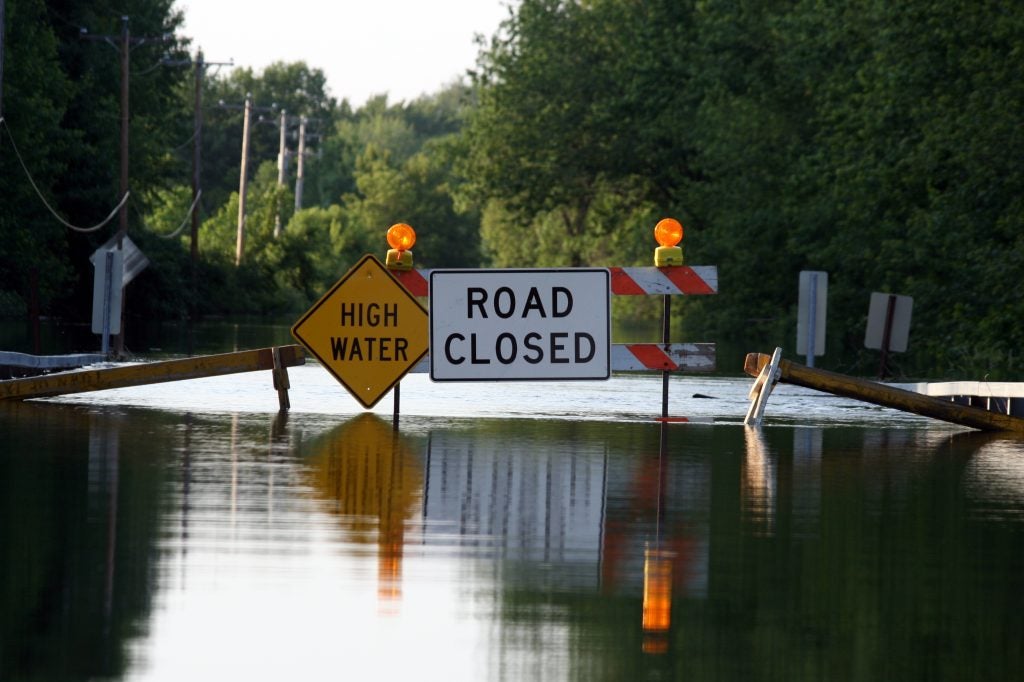When making any decision, we often find ourselves weighing the pros and cons of an action – the benefits versus the cost. The official practice, referred to as “benefit-cost analysis,” is not only used by individuals and businesses, but also by the federal government when determining funding for a program or initiative. In simple terms, when the benefits exceed the cost of an investment, federal funding may be made available.
But oftentimes benefit-cost analysis doesn’t look at the full picture, neglecting to consider who benefits from an investment and who bears the brunt of its cost. This is true when examining the nation’s flood risk management strategy. Historically, the annual loss from flood damage disproportionately impacts low-income communities and communities of color, leaving those with fewer resources less protected.










